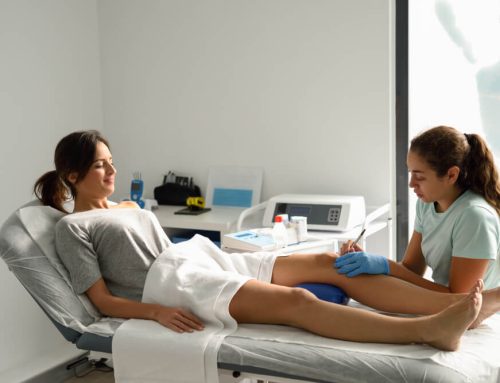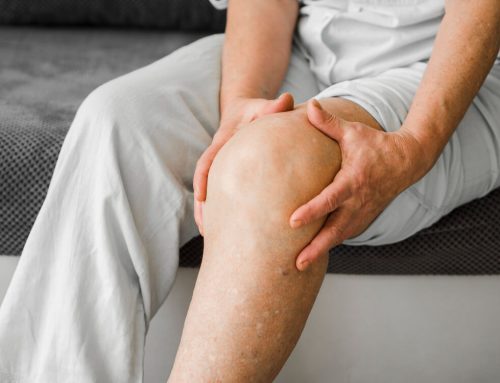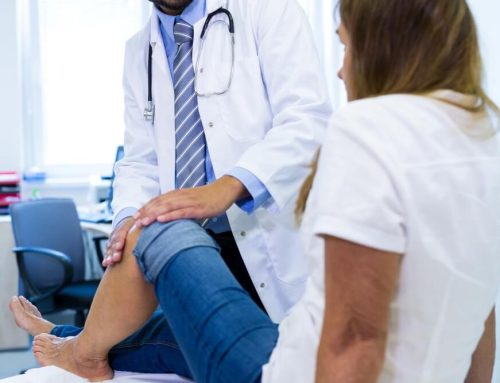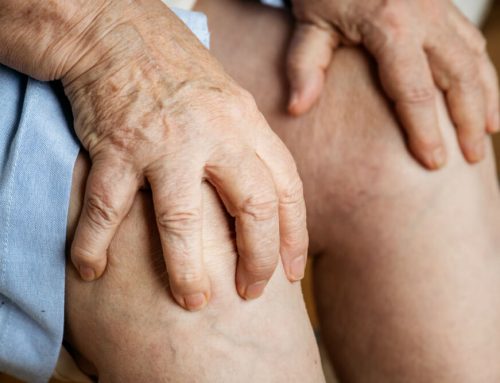
Are Varicose Veins and Spider Veins the Same?
Varicose veins and spider veins are two common vascular conditions that affect a significant number of people. While they share some similarities, they are not the same. Understanding the differences between varicose veins and spider veins is essential for accurate diagnosis and effective treatment. In this comprehensive guide, brought to you by Vascular Surgery Medical Group, we will explore these conditions, their causes, symptoms, and available treatment options.
What Are Varicose Veins?
Varicose veins are enlarged, twisted veins that typically appear as bulging, rope-like structures beneath the skin’s surface. They are most commonly found in the legs and are a result of damaged or weakened valves within the veins. These valves normally prevent blood from flowing backward; when they fail, blood can pool in the vein, causing it to become enlarged and visible.
Key Characteristics of Varicose Veins:
- Larger, often protruding veins
- Typically blue or purple
- May cause aching or discomfort in the legs
- This can lead to swelling and skin changes over time
What Are Spider Veins?
Spider veins, on the other hand, are smaller, web-like veins that appear closer to the skin’s surface. They are usually red or blue and are often seen on the face and legs. Spider veins are caused by the dilation of tiny blood vessels called capillaries, and they can be triggered by various factors, including genetics, hormonal changes, and sun exposure.
Key Characteristics of Spider Veins:
- Smaller, finer veins
- Resemble spider webs or tree branches
- Often red or blue
- Usually not associated with significant discomfort
Key Differences Between Varicose Veins and Spider Veins
- Size and Appearance: The most apparent difference between varicose veins and spider veins is their size and appearance. Varicose veins are larger, bulging, and often have a rope-like appearance, while spider veins are smaller and look like intricate spider webs or tree branches.
- Location: Varicose veins are typically found in the legs and may extend deeper into the tissue. Spider veins can appear on the legs but are also common on the face.
- Symptoms: Varicose veins are more likely to cause symptoms such as aching, throbbing, and discomfort in the legs. They can also lead to swelling and skin changes. Spider veins, in contrast, are usually asymptomatic and are primarily considered a cosmetic concern.
- Causes: Varicose veins are primarily caused by damaged or weakened vein valves that result in blood pooling. Spider veins can have various triggers, including genetics, hormonal changes, sun exposure, and injuries.
Treatment Options for Varicose Veins and Spider Veins
When it comes to managing varicose veins and spider veins, a range of treatment options is available, each tailored to the specific condition’s severity and individual patient circumstances. These treatments are designed to alleviate symptoms, improve appearance, and enhance overall vascular health. Here, we will delve into these treatment options in greater detail to provide you with a comprehensive understanding.
- Sclerotherapy: Sclerotherapy is a widely used and highly effective minimally invasive procedure for treating both varicose veins and spider veins. During this procedure, a specialized solution, known as a sclerosant, is injected directly into the affected vein using a fine needle. The sclerosant irritates the vein’s lining, causing it to collapse and adhere together. Over time, the treated vein is gradually absorbed by the body and fades from view. Sclerotherapy is particularly well-suited for smaller varicose veins and spider veins.
- Endovenous Laser Ablation (EVLA): Endovenous Laser Ablation, often referred to as EVLA, is a cutting-edge procedure specifically designed for varicose veins. It involves the use of laser energy to precisely target and seal off the damaged vein. The procedure is minimally invasive and performed under local anesthesia. A thin laser fiber is inserted into the affected vein through a small incision, and controlled laser energy is applied, causing the vein to close. Blood flow is naturally redirected to healthier veins. EVLA is an effective option for larger varicose veins.
- Radiofrequency Ablation (RFA): Radiofrequency Ablation (RFA) is a treatment option similar to EVLA, but it utilizes radiofrequency energy instead of laser energy to treat varicose veins. RFA delivers controlled heat to the vein’s walls, resulting in closure and redirection of blood flow. Like EVLA, RFA is a minimally invasive procedure performed under local anesthesia. It is often chosen for larger varicose veins or when the laser is not the preferred option.
- Compression Stockings: For individuals with mild to moderate varicose veins or spider veins, compression stockings offer a conservative approach to managing symptoms and preventing the progression of these conditions. These specially designed stockings apply graduated pressure to the legs, promoting better blood circulation and reducing discomfort, swelling, and the risk of complications. Compression stockings are particularly beneficial for those who may not be candidates for, or who prefer to avoid invasive procedures.
It’s essential to consult with a vascular specialist to determine the most suitable treatment approach for your specific condition. The choice of treatment will depend on factors such as the type, size, and location of the affected veins, as well as your overall health and individual preferences.
Varicose veins and spider veins are related but distinct vascular conditions. While they share some similarities, such as their appearance on the legs, they differ in size, symptoms, causes, and treatment options. If you are concerned about either of these conditions, Vascular Surgery Medical Group is here to provide expert care and guide you toward the most appropriate diagnosis and treatment plan for your individual needs. Your vascular health is our priority.




